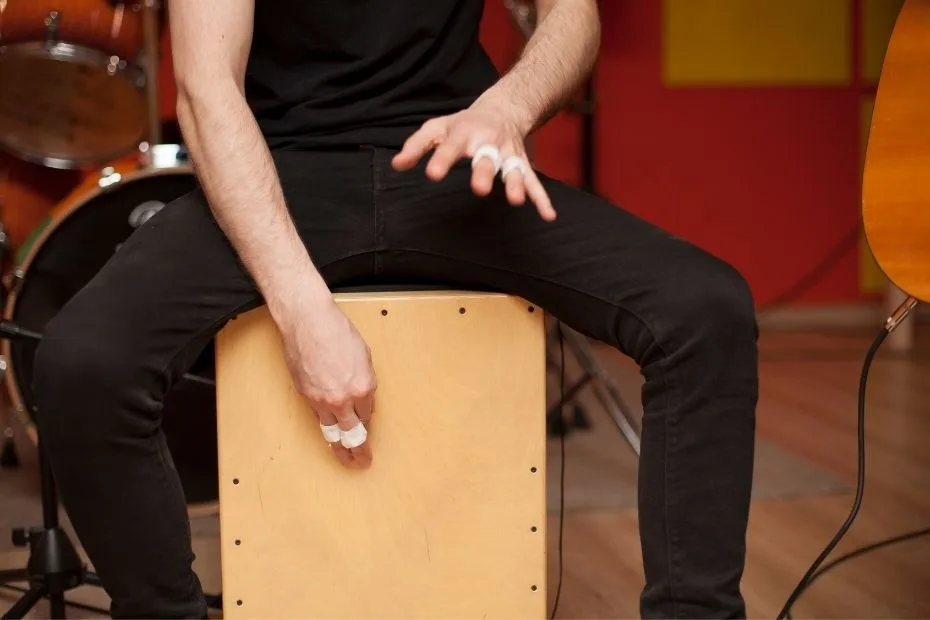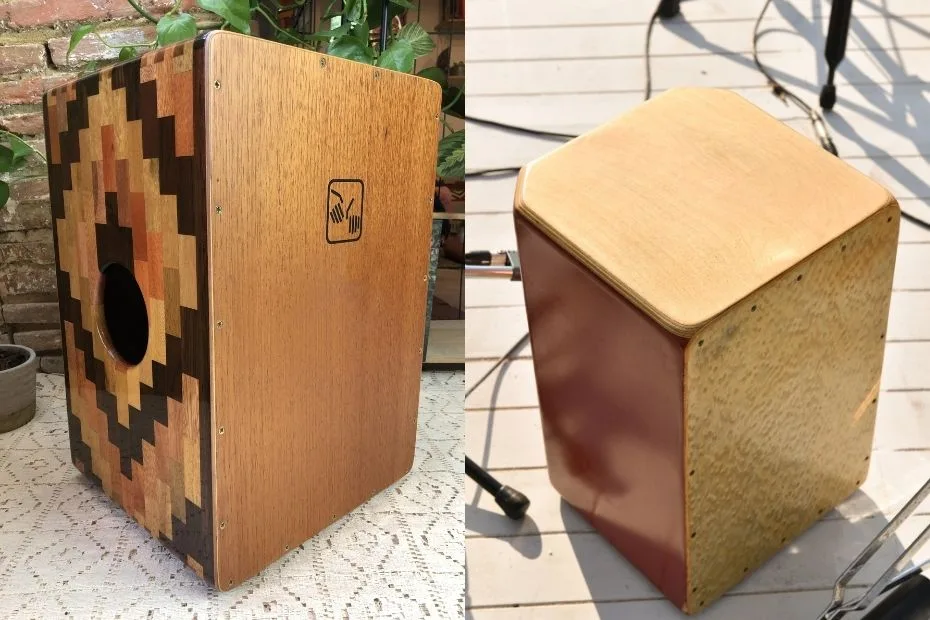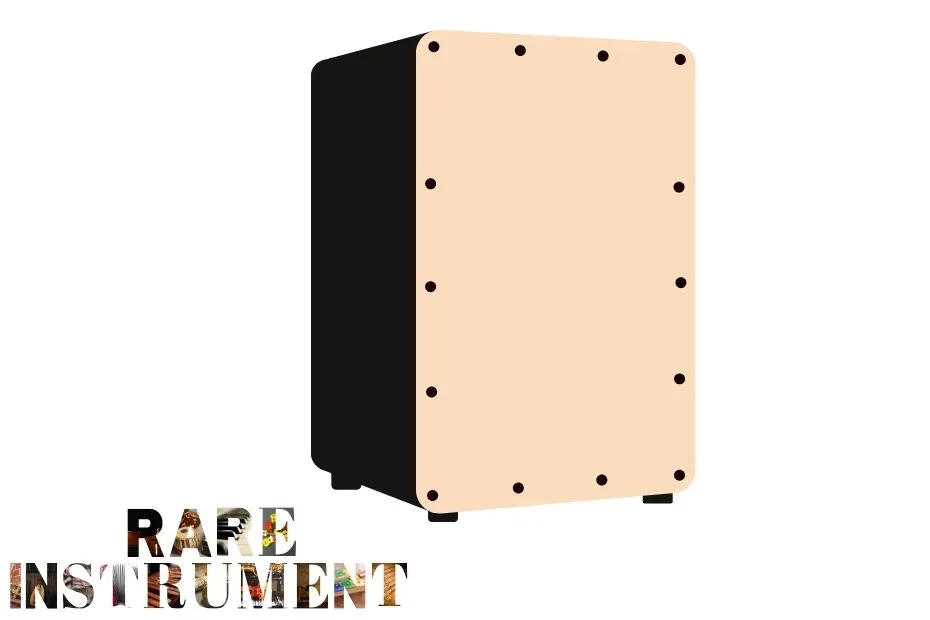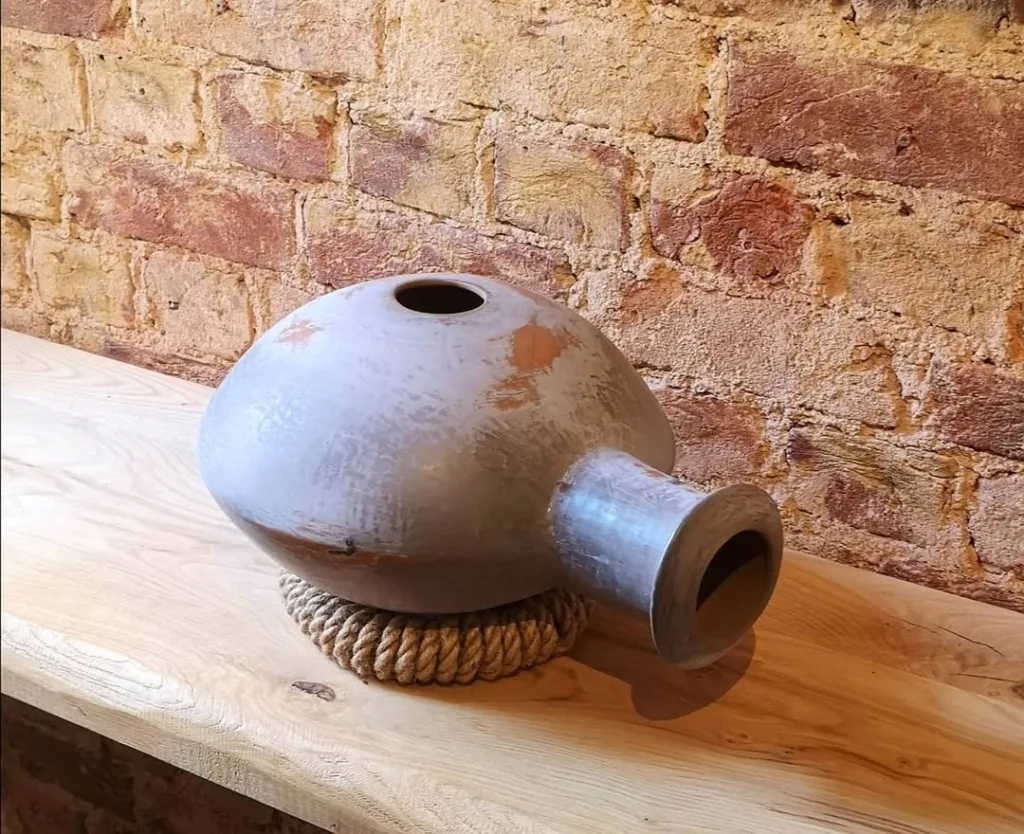Cajon Drum Handbook: Techniques, Care, and Accessories
The cajon drum is a versatile percussion instrument loved worldwide for its rich, dynamic sound. Whether you’re a beginner or experienced player, learning to play, maintain, and accessorize your cajon ensures you get the best performance. This guide covers everything—from basic techniques to advanced care tips.
1. Introduction to the Cajon
Originating in Peru, the cajon is a box-shaped percussion instrument played by striking its front surface with your hands. Initially part of Afro-Peruvian music, it is now widely used in flamenco, jazz, pop, and modern fusion. Handmade cajons often include snare wires or strings, producing a crisp, snappy sound that sets them apart from mass-produced models.
Cajon Drum Information Table
| Feature | Description |
|---|---|
| Instrument | Cajon Drum |
| Origin | Peru |
| Type | Box-shaped percussion instrument, played by hand |
| Material | Wood body with natural or synthetic drumhead; some have internal snare wires |
| Playing Method | Hands and fingers, using different striking techniques for bass, tone, and slap sounds |
| Basic Tones | Bass, Tone, Slap |
| Usage | Flamenco, Jazz, Pop, Latin, and modern fusion music |
| Maintenance Tips | – Clean with soft cloth – Avoid humidity and direct sunlight – Oil drumhead lightly if needed – Tune periodically |
| Accessories | Cajon bag, seat cushion, brushes, pedal, mat, electronic triggers (for hybrid models) |
| Advantages | Portable, versatile, expressive tones, suitable for solo or ensemble play |
| Average Price | $120 – $500 depending on material and craftsmanship |
| Beginner-Friendly | Yes, easy to start learning basic rhythms |
| Professional Use | Provides tone variety, snare effects, and advanced rhythm options for experienced players |
2. Types of Cajons
- Handmade Cajons: Crafted from birch, mahogany, or maple; offer superior tone and longevity.
- Mass-Produced Cajons: Affordable and widely available but may lack precise tuning and customization.
- Hybrid Cajons: Combine electronic triggers with acoustic sound for added versatility.

3. Playing Techniques
Correct technique ensures clean tones and protects your hands. Key methods include:
- Basic Hand Strikes: Fingertips for sharp tones; palms for deep bass.
- Heel-to-Finger Technique: Start with the heel on the drum face and roll to fingertips smoothly.
- Finger Rolls: Adds speed and texture, ideal for flamenco and jazz.
- Advanced Patterns: Combine slaps, taps, and ghost notes for dynamic rhythms.
4. Tuning Your Cajon
Adjustable snare wires or strings allow proper tuning for crisp, balanced sound.
- Locate tuning screws: Usually on the back panel.
- Adjust snare tension: Turn gradually for the desired snap without overtightening.
- Test sound: Tap the panel and fine-tune until bass and snare tones are balanced.
- Fine-tune individual snares: Adjust multiple wires separately for nuanced sound.
Pro Tip: Use a tuner or smartphone app for consistent tuning, especially during recordings.
5. Cleaning and Maintenance
Proper care preserves sound quality and instrument longevity. Wood can warp or crack if exposed to moisture, sunlight, or extreme temperatures.

Cleaning Steps
- Dust with a soft microfiber cloth regularly.
- Spot clean with slightly damp cloth and mild wood cleaner.
- Remove debris from snare wires using a soft brush or compressed air.
- Ensure the cajon is fully dry before storage or play.
Storage Tips
- Store in a cool, dry place (18–24°C).
- Avoid direct sunlight and heat sources.
- Use padded covers or bags for transport.
- Silica gel packets can help control humidity.
6. Accessories for Your Cajon
- Cajon Brushes: Softer tones for intimate performances.
- Cajon Pedal: Adds foot-based rhythms.
- Rubber Feet or Mat: Prevents slipping and protects floors.
- Seat Cushion: Improves comfort.
- Electronic Triggers: Blend acoustic and electronic sounds.
7. Common Mistakes to Avoid
- Using harsh chemicals on wood finish.
- Over-tightening snare wires or strings.
- Storing in damp or hot places.
- Ignoring minor cracks or loose screws.
- Skipping regular tuning adjustments.

8. Advanced Tips for Better Sound
- Experiment with hand placement for unique tones.
- Adjust snare wires subtly to brighten or darken the sound.
- Use mats to tilt the cajon for better projection.
- Combine rhythms with other percussion instruments for ensemble play.
9. When to Consult a Professional
Cracks, loose panels, or buzzing are signs to consult a professional cajon repair specialist. Early fixes maintain sound quality and prevent permanent damage.

10. Conclusion
Following this guide ensures your cajon drum delivers excellent sound for years. Proper technique, regular care, and the right accessories are essential for mastering this versatile instrument.



